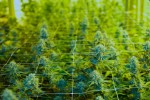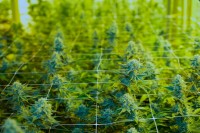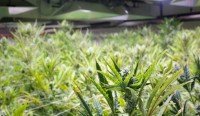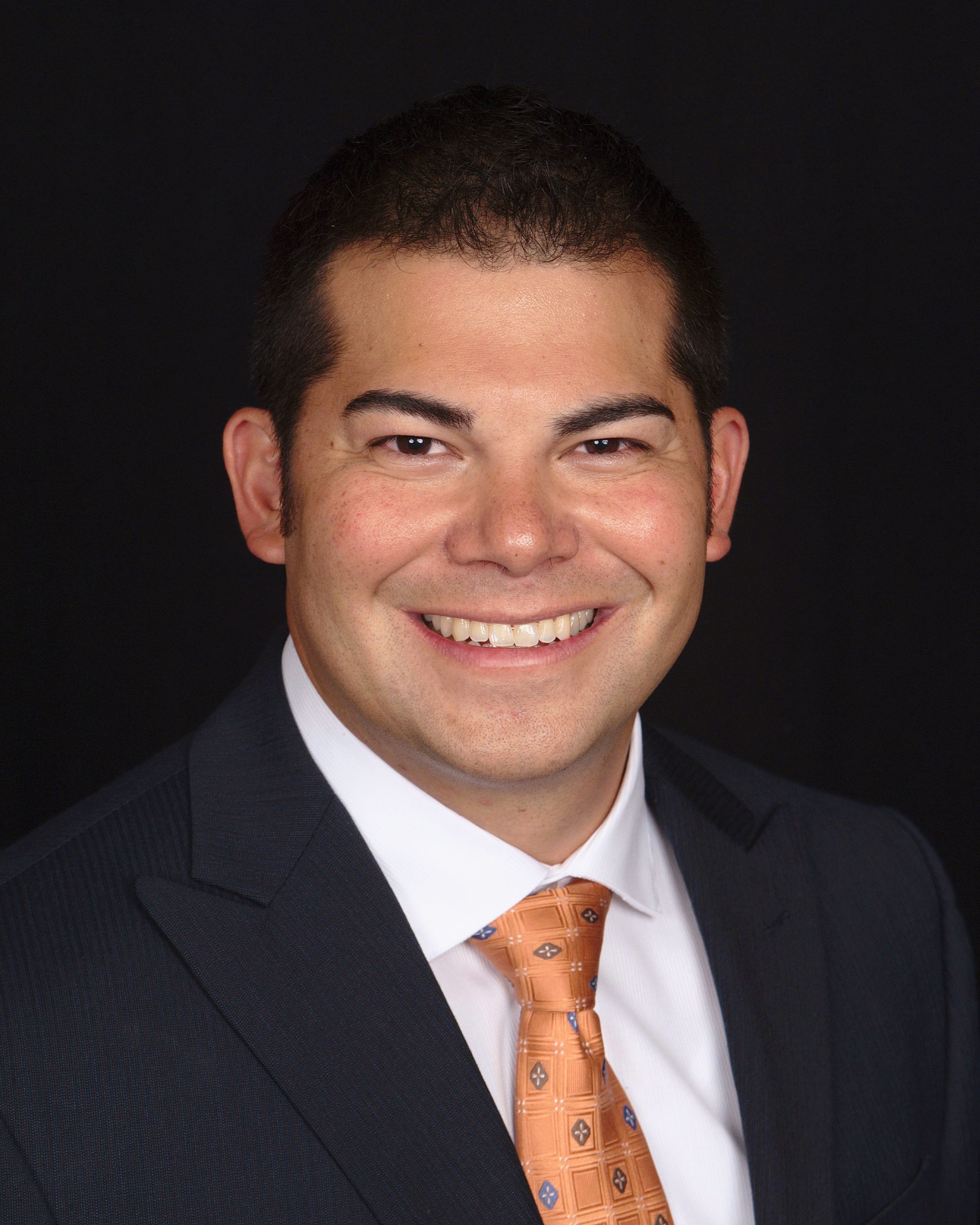As the high-end cannabis market continues to grow, dispensary owners and product manufactures alike seek to fill the growing niche for high-end, luxury cannabis products.
When it comes to concentrates, many people are looking to rosin to fill this luxury niche. But not all rosin is the same, and poorly processed rosin can range from a dark almost burnt tasting sap, to something that’s almost bright orange in color. A poor rosin experience can leave a bad taste in a consumer’s mouth, and discourage them from trying more in the future.
For dispensary operators looking to expand their luxury concentrates, skip the hair-straightener rosin and look for SFO. When it comes to concentrates, nothing is more luxurious than solventless flower oil (or SFO). Like most luxury items, SFO comes at a higher price point than the average gram of oil. But for those in the know, the price is well worth it.
What is so great about SFO?
Clean: Most concentrates are made using dangerous chemical solvents like butane or propane. This can leave behind toxic heavy metals. SFO is solventless. It is made using a modified Rosin process, which uses only low heat and pressure in the extraction process.
Made From Flowers: Safety is one huge bonus of the method, and I always suggest that patients and recreational users alike avoid concentrates made with solvents. But SFO is also special in that it is made directly from the flowers of the cannabis rather than the trim, hash, or kief, and the process preserves the flowers’ natural terpenes.
Feels Better: Terpenes are the compounds in cannabis that give it its smell and taste. Each strain has a unique smell and taste because of it’s terpenes. They also affect the feel of the strain. If you love the way sour diesel tastes and feels, but hate lemon haze, it’s probably because of the terpenes in each.
Terpenes can also modify the effects of THC, lessening some of its negative side effects like accelerated heart-rate, paranoia, dry mouth and mental confusion.
In most extraction processes, most of the flower’s natural terpenes are destroyed. If you have ever excitedly bought a concentrate of your favorite strain only to find that it doesn’t taste or feel like the flower, it is likely because the terpenes weren’t retained.
Smells and Tastes Amazing: SFO has unprecedented natural terpene retention. This means it tastes incredible and feels like the flower it was made from.
Pressed at Low Temperatures: It’s important to note that not all Rosin is SFO. SFO is made using lower temperatures than the hair straightener and t-shirt press rosin that has flooded the market. High temperatures burn off the terpenes that make SFO so delicious. So, if you are making a purchase for your dispensary and you want a concentrate that will really knock your customer’s socks off, make sure the rosin is pressed at low temperatures and made from flower, not hash or kief.
Best Terpene Retention: When checking terpene analytics, beware of concentrates that have terpenes added back in. While we can isolate the terpenes we know about, we have only researched a subset of the terpenes in the cannabis plant. If we want to recreate the effect of a particular strain, we need to know all the compounds in it or the recipe won’t be right. Rosin with terpenes added back in tends to taste artificial and take on a brighter orange hue.
The most effective way of getting complex flavors and effects like those in the flower, is to preserve the compounds as they are in nature. That is exactly what SFO does.
If you are looking for that luxurious concentrate, SFO is bound to be a crowd pleaser with its potent, pleasant effects and clean, fragrant taste. Like many luxury items it is also rare, so finding a good supplier can be tricky.
For a great tasting SFO in CA, try out Fleurish Farm’s line of SFO. These Sonoma County rosin makers have perfected the art of terpene retention. Each flavorful option has a unique and complex aroma. And their terpene percentages are some of the highest around ranging from 3-9%.

























